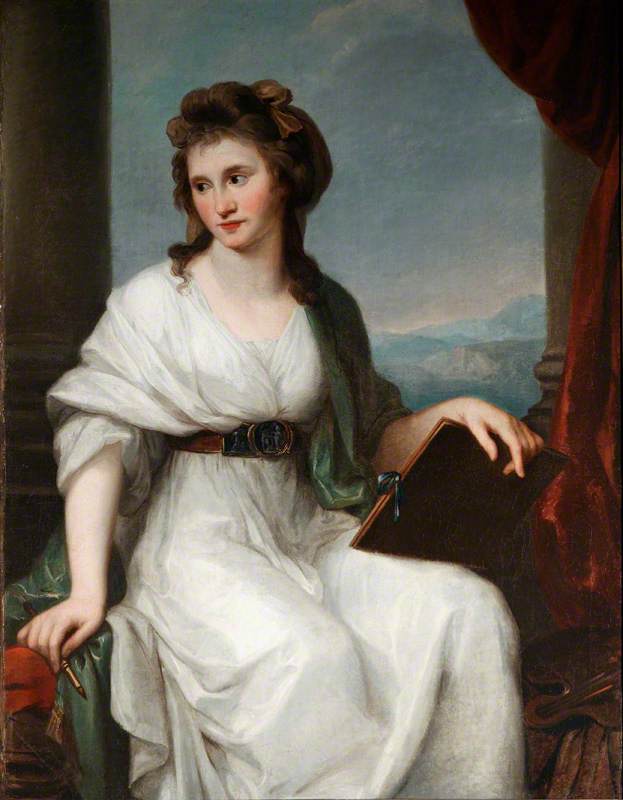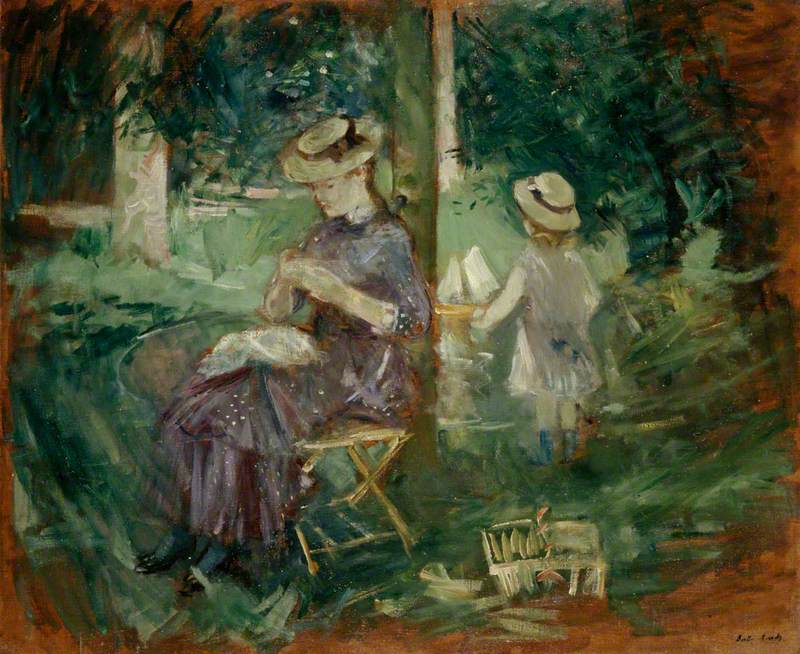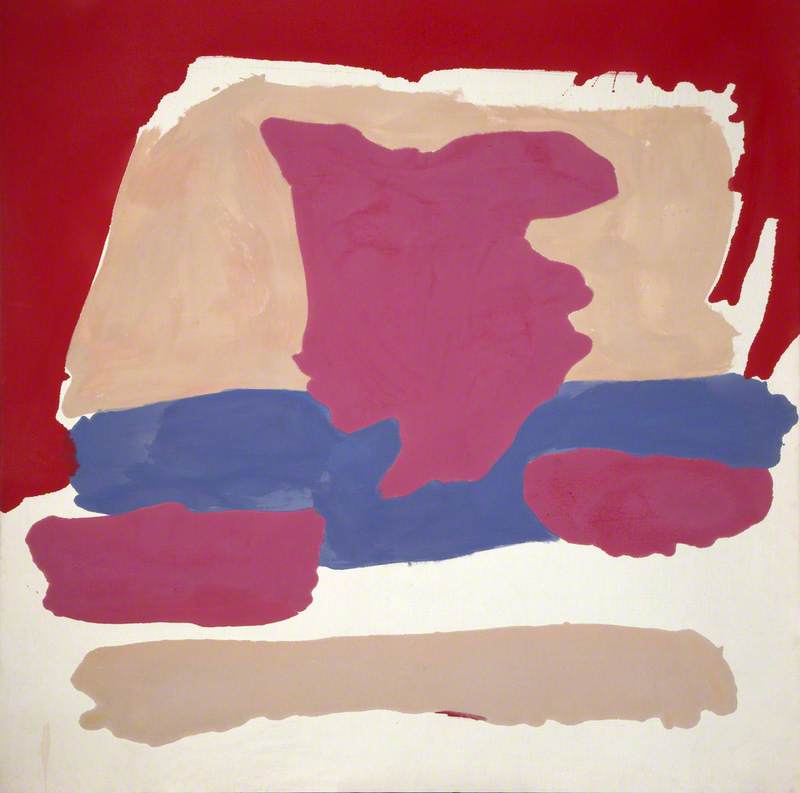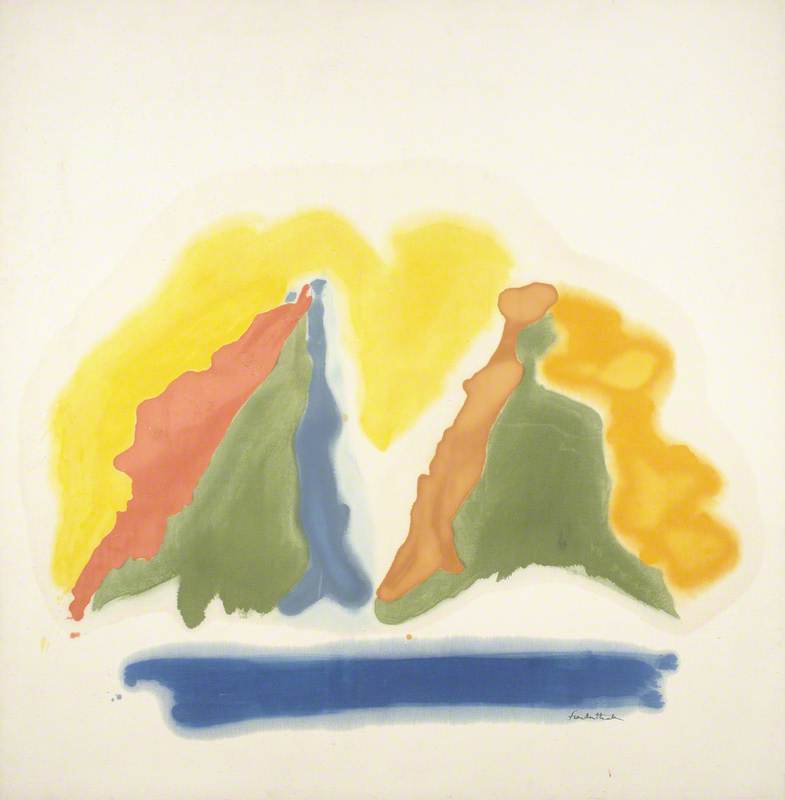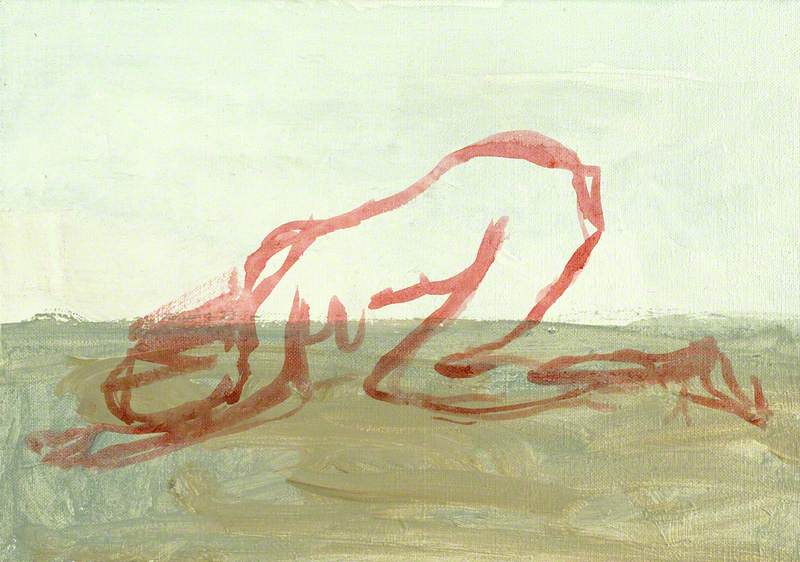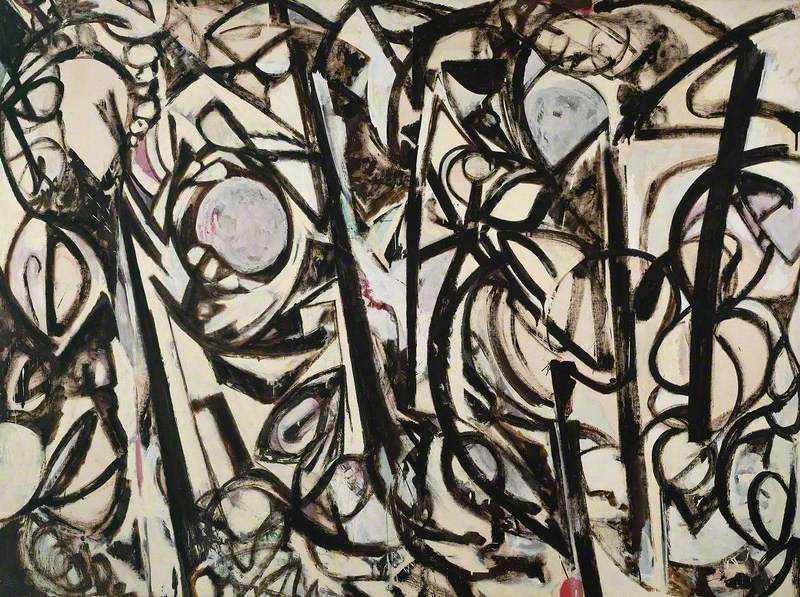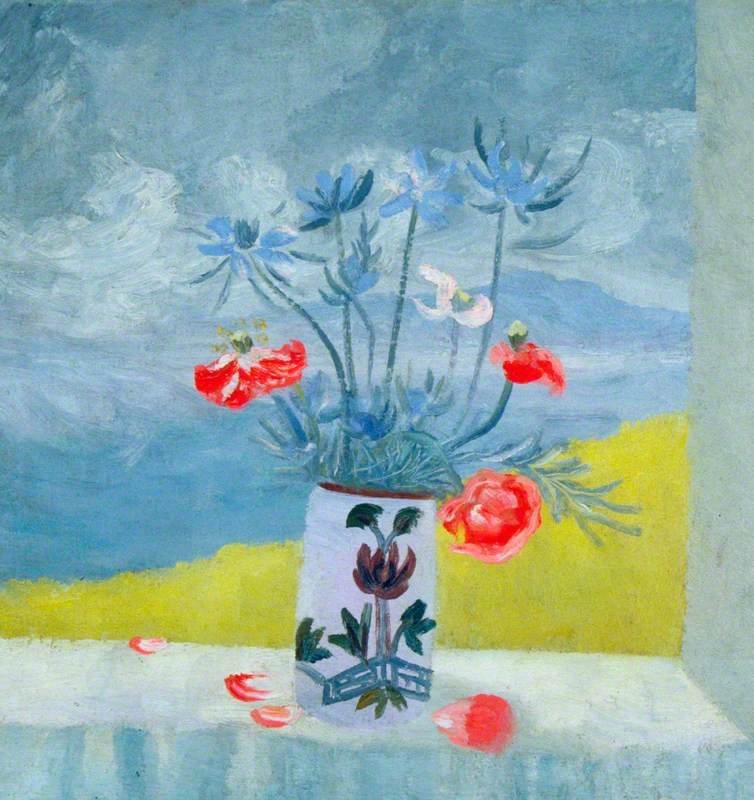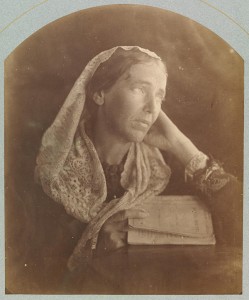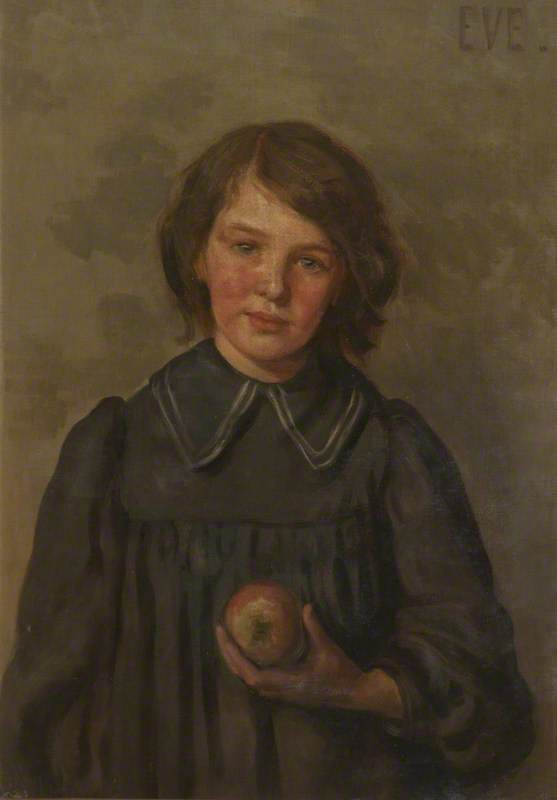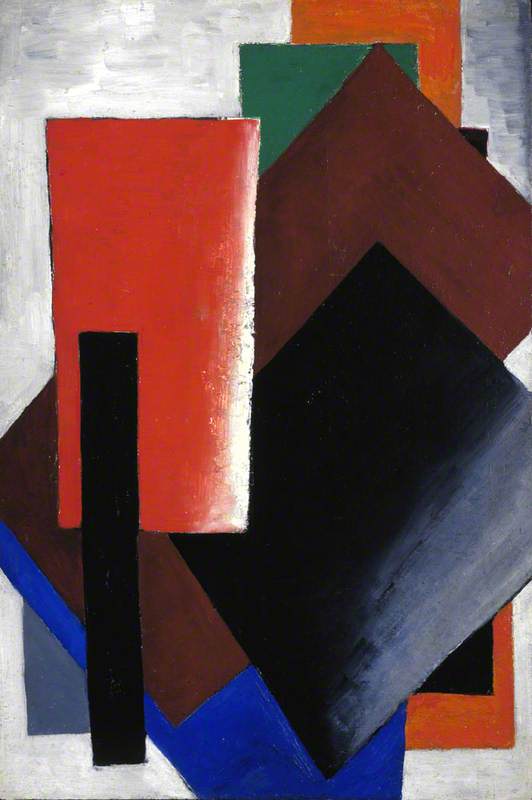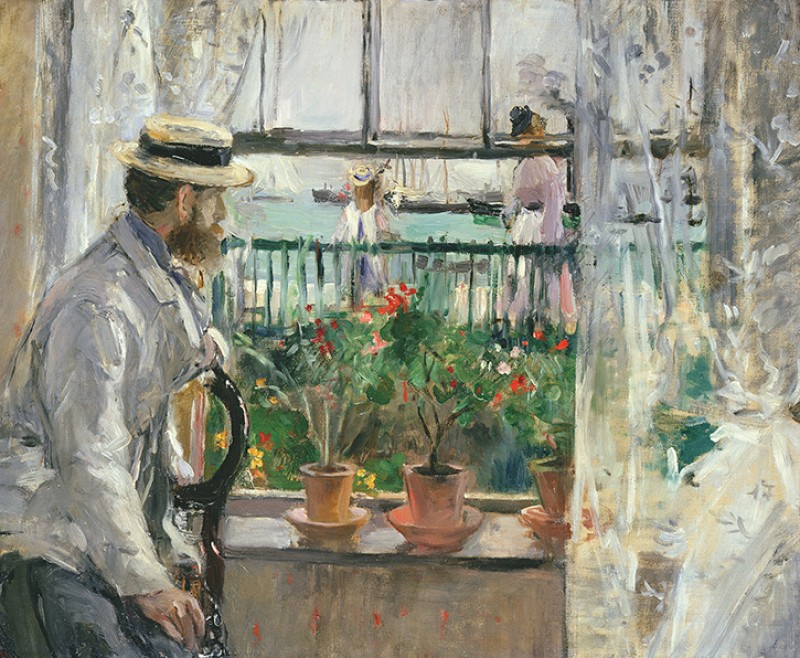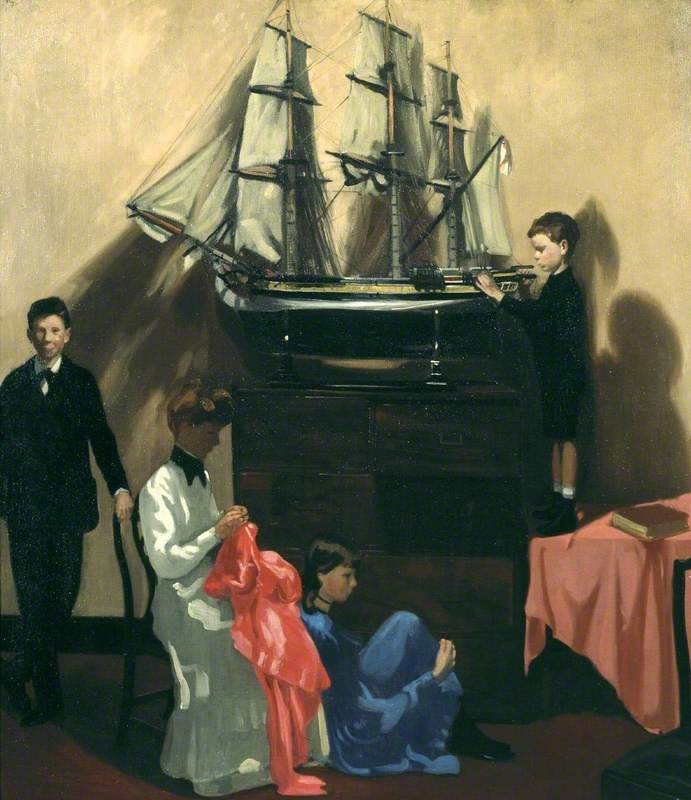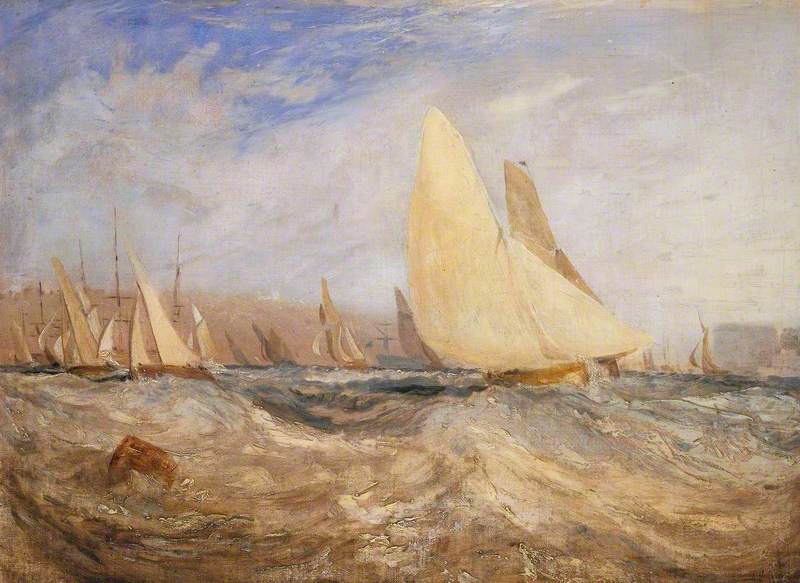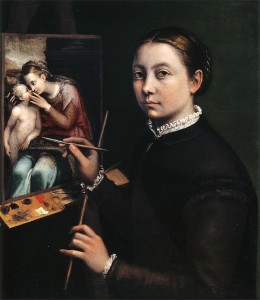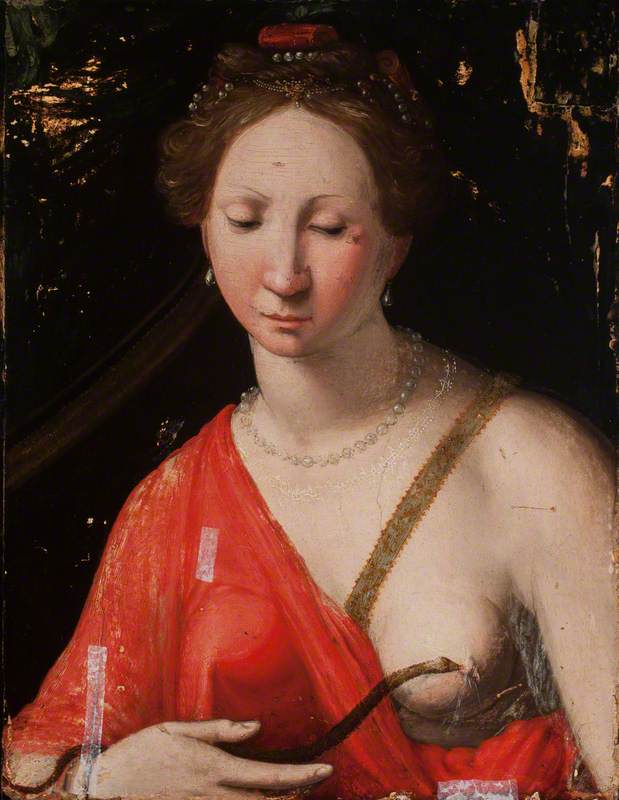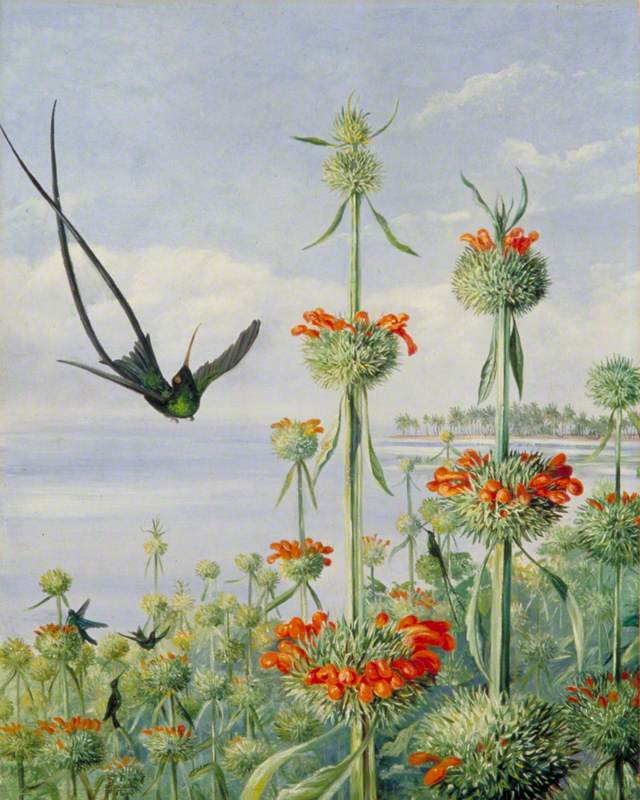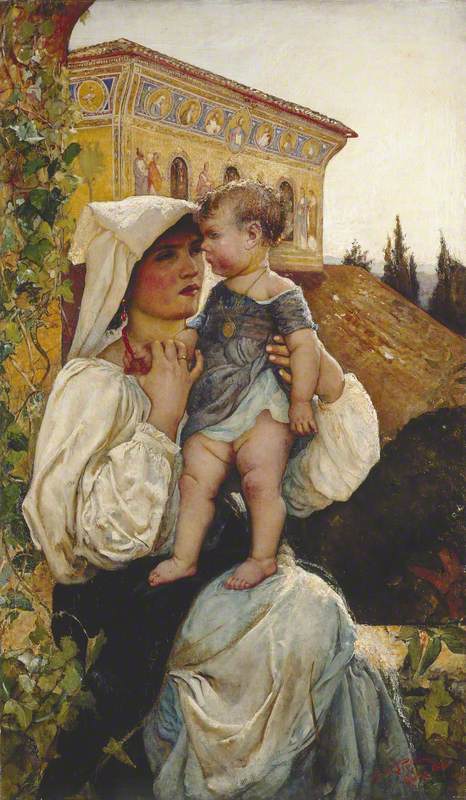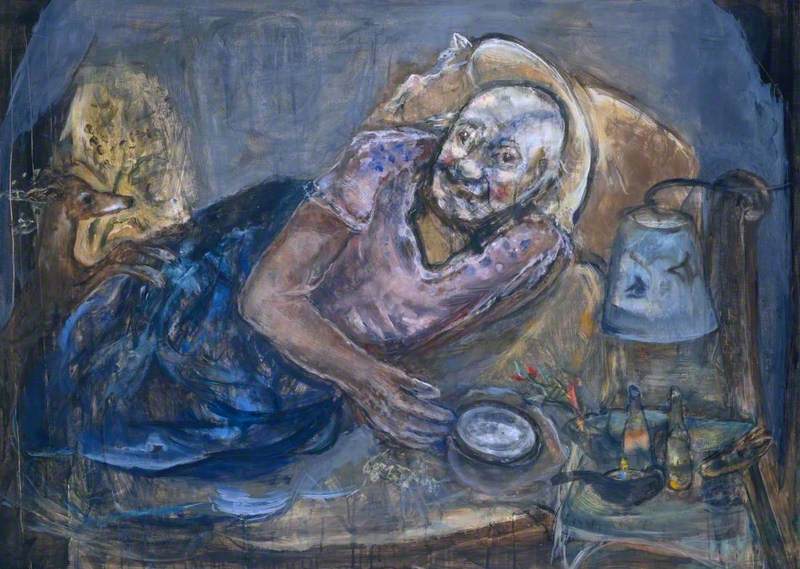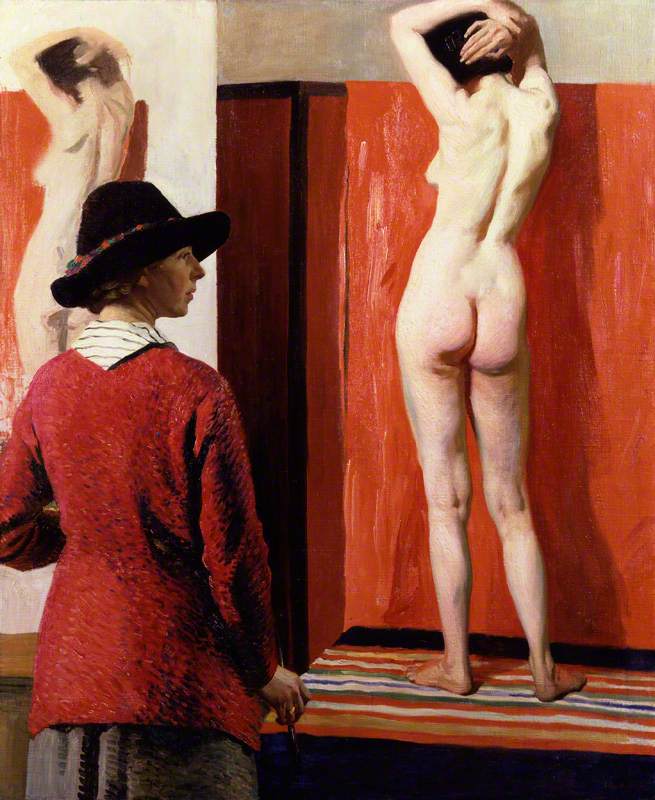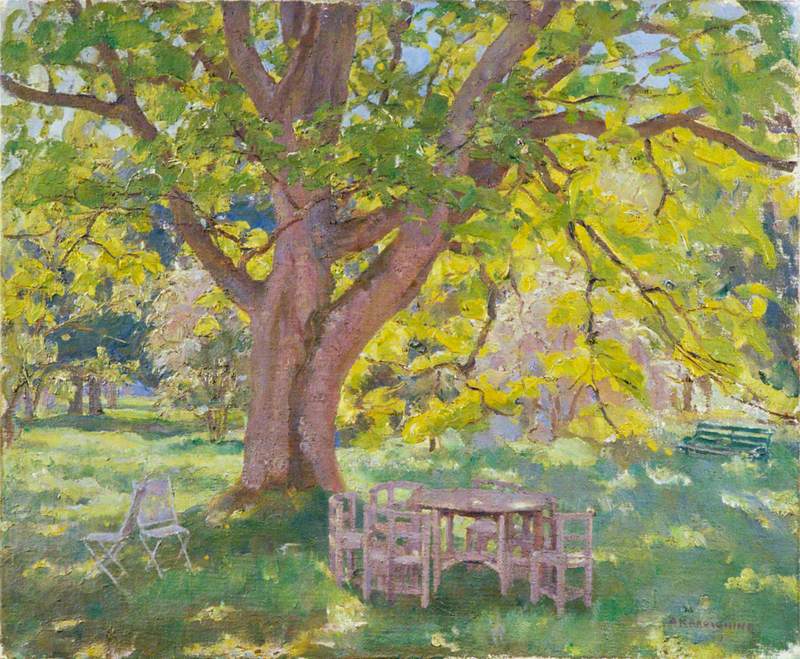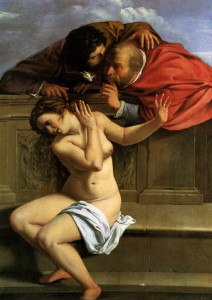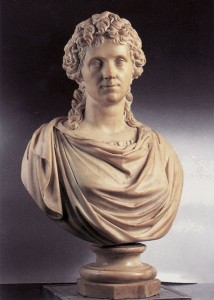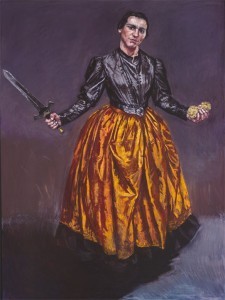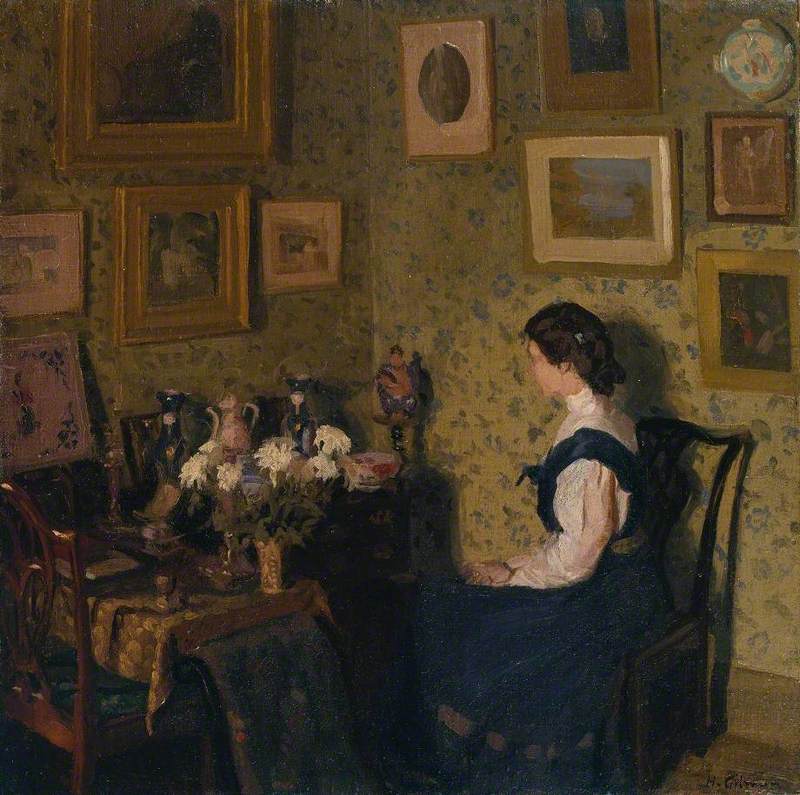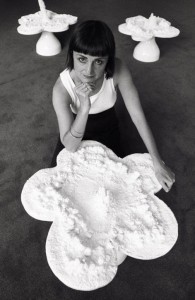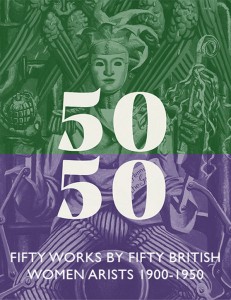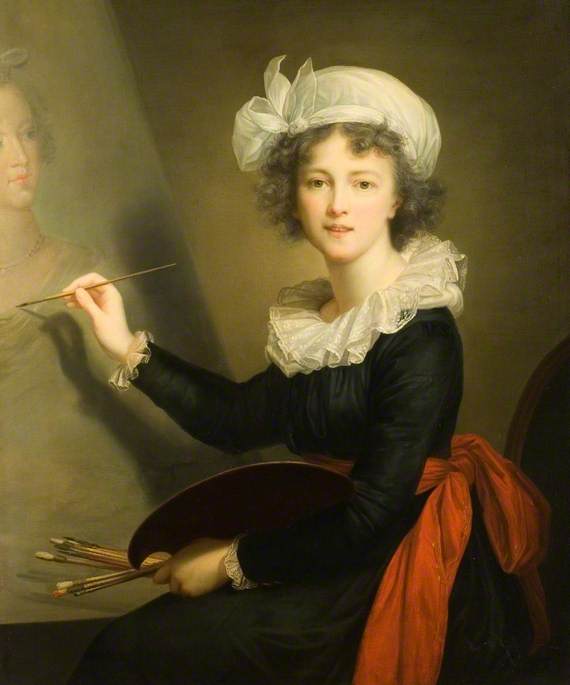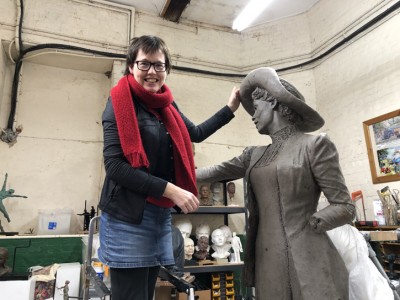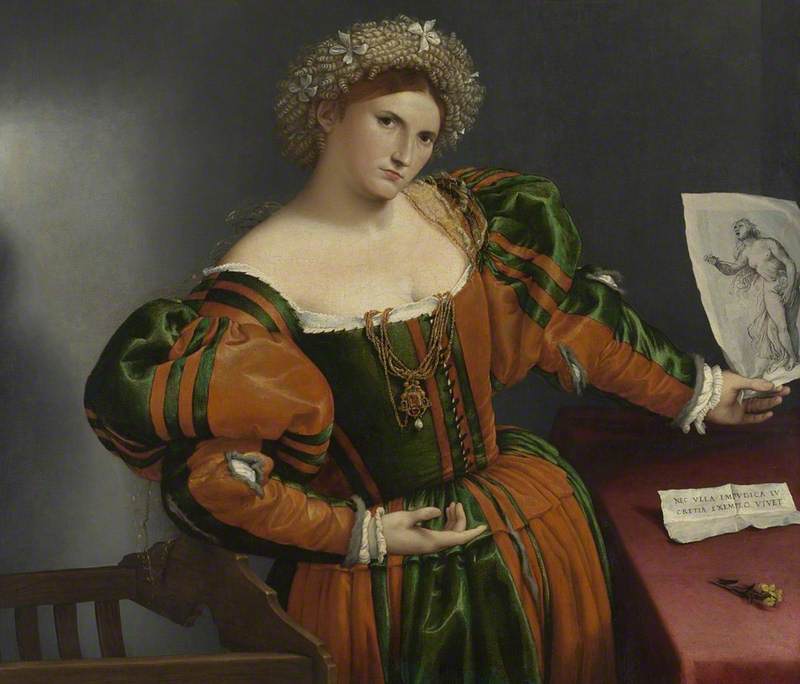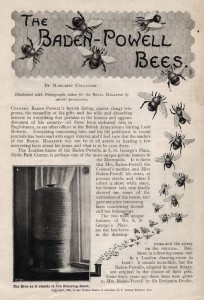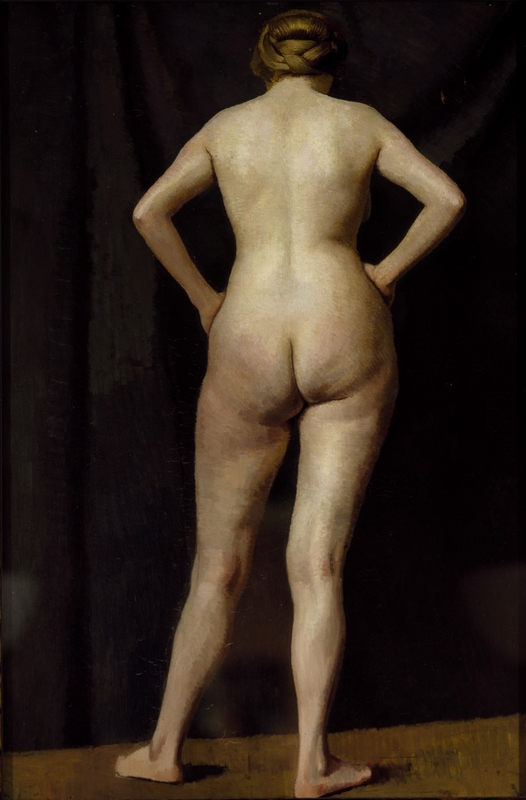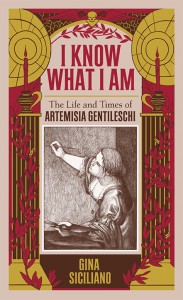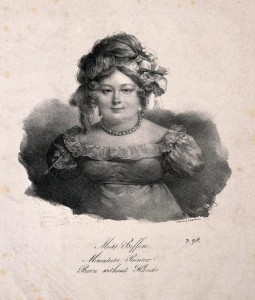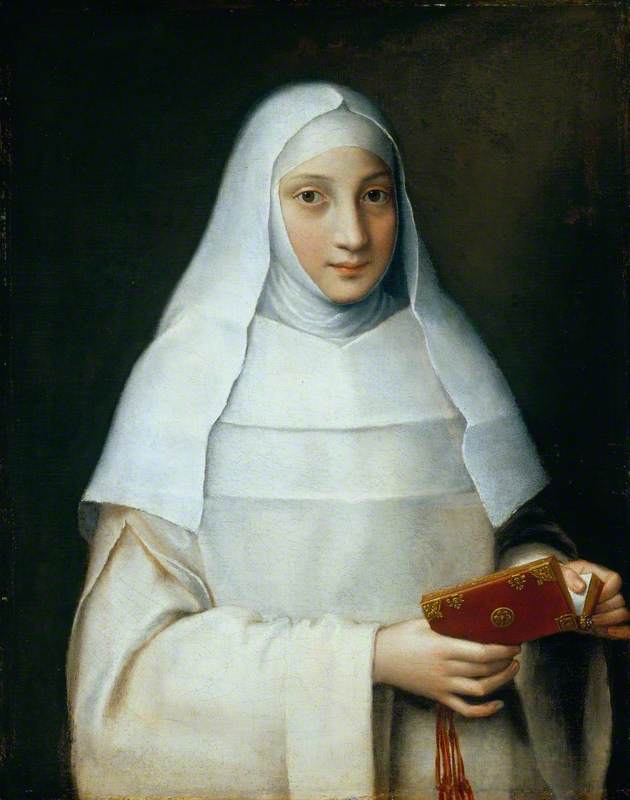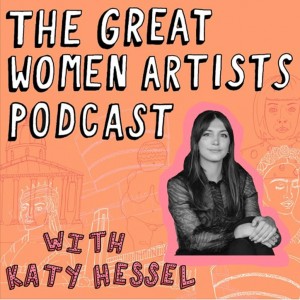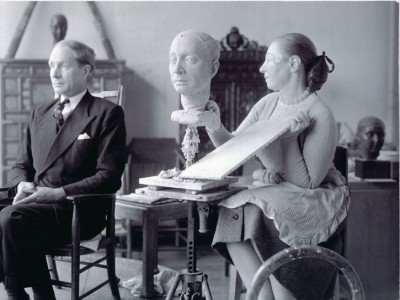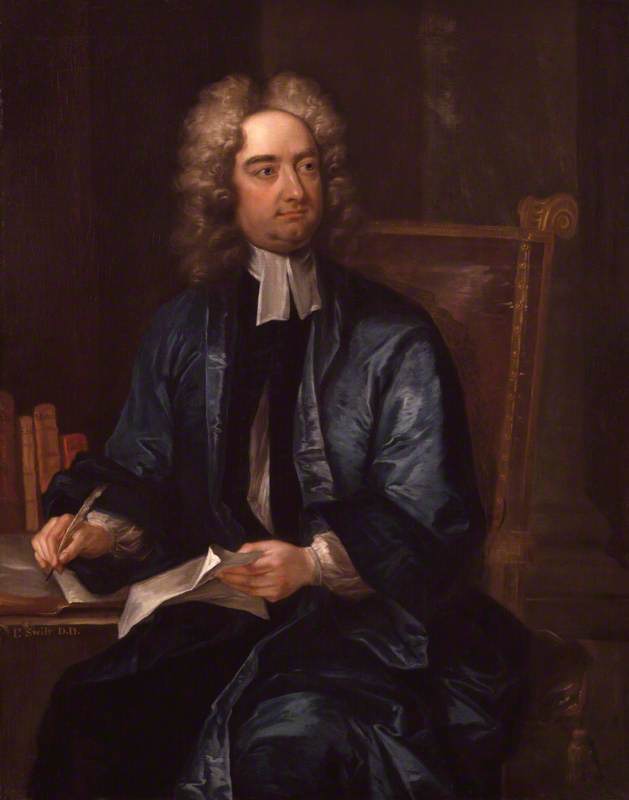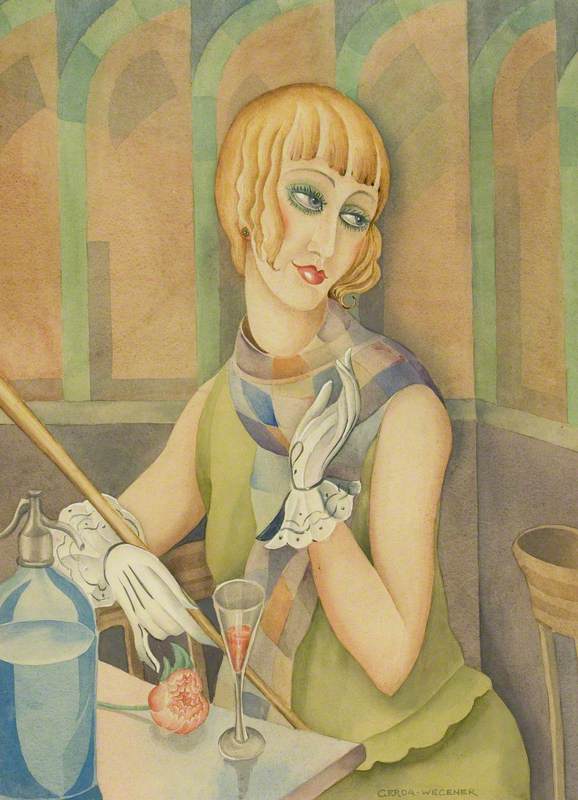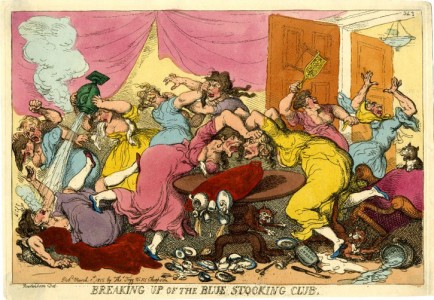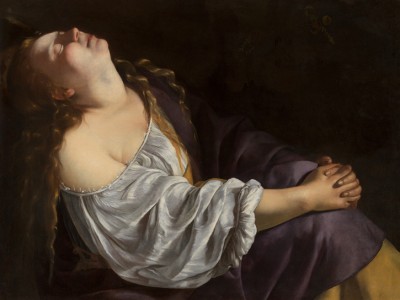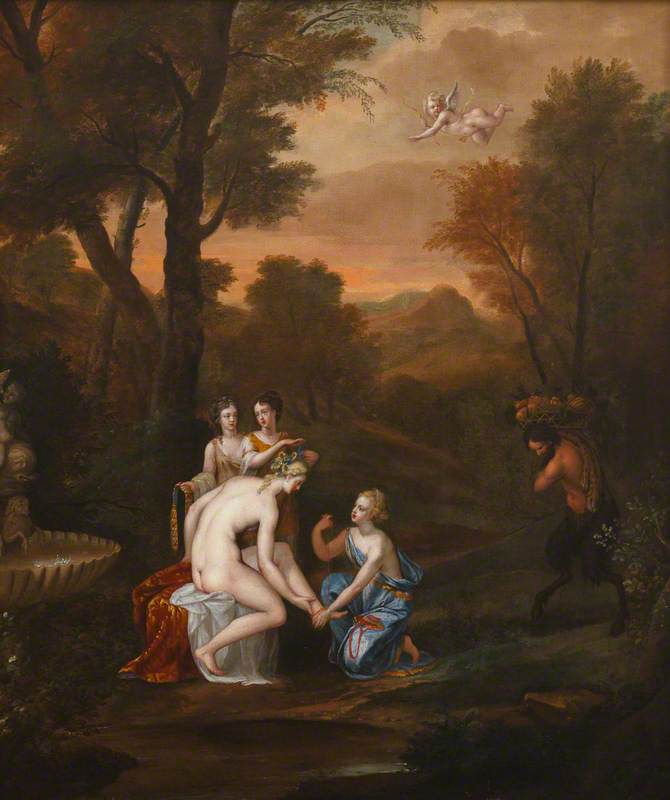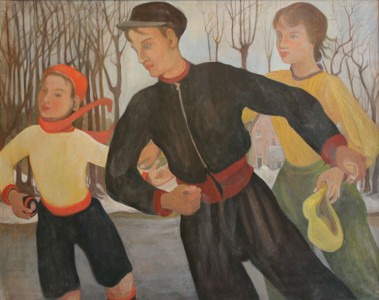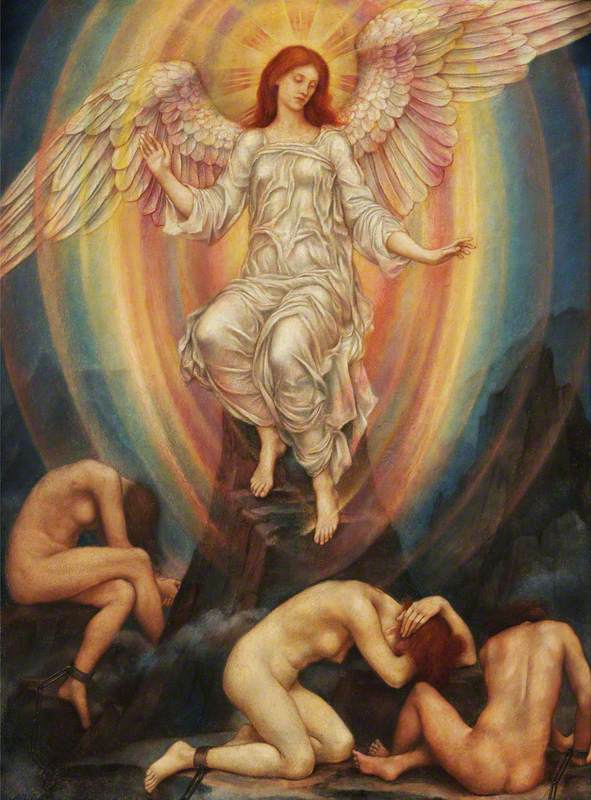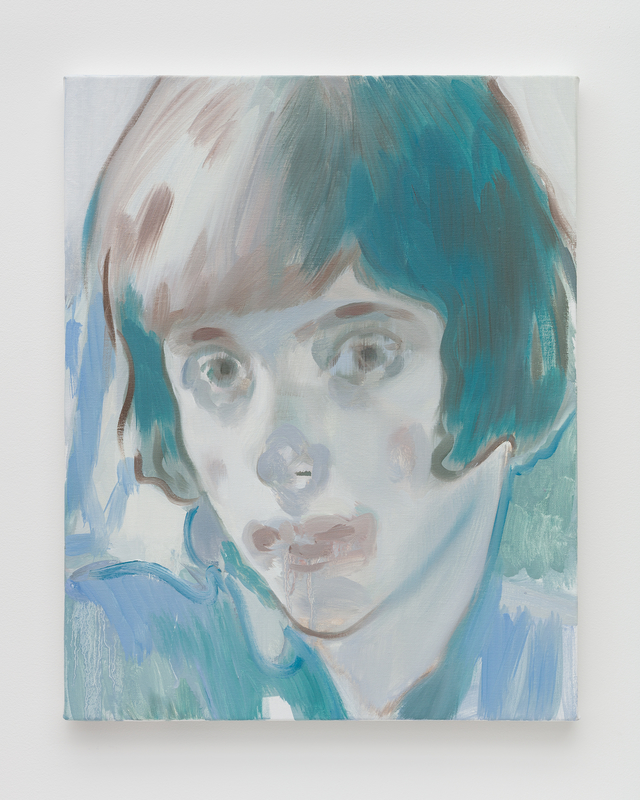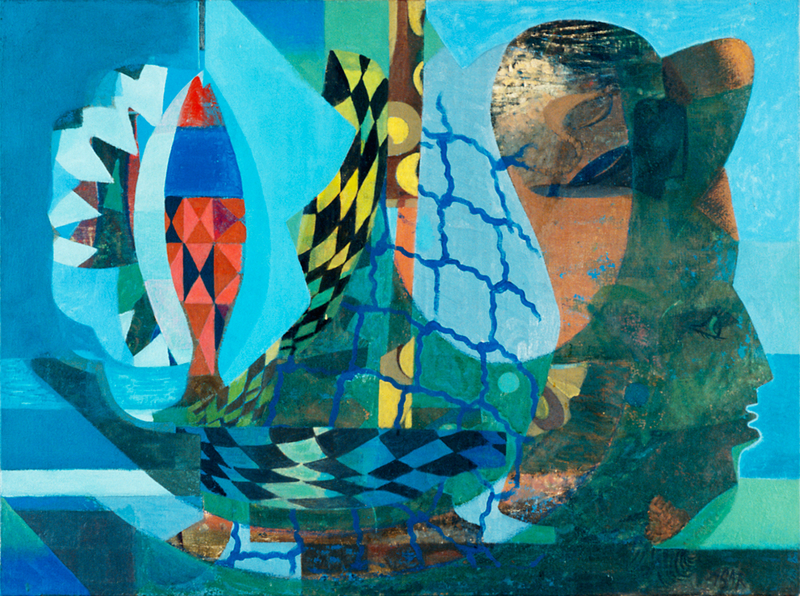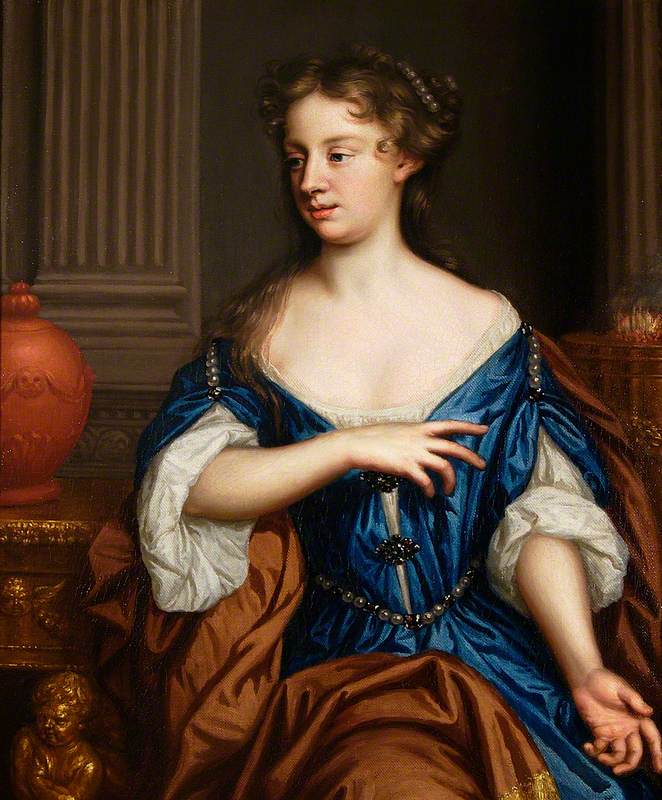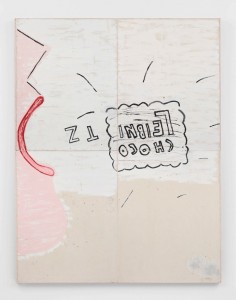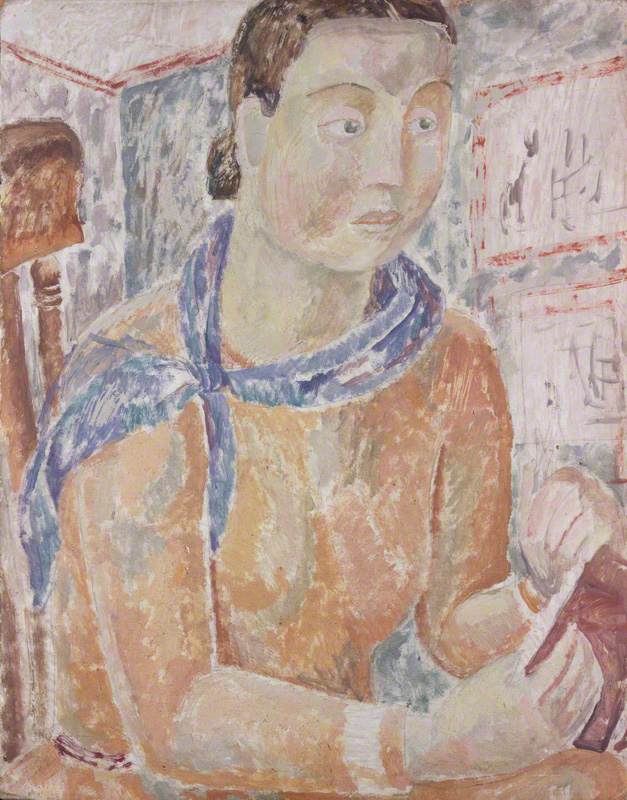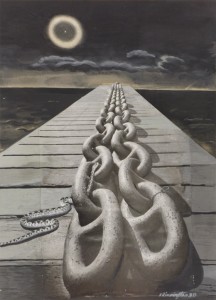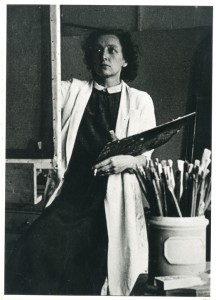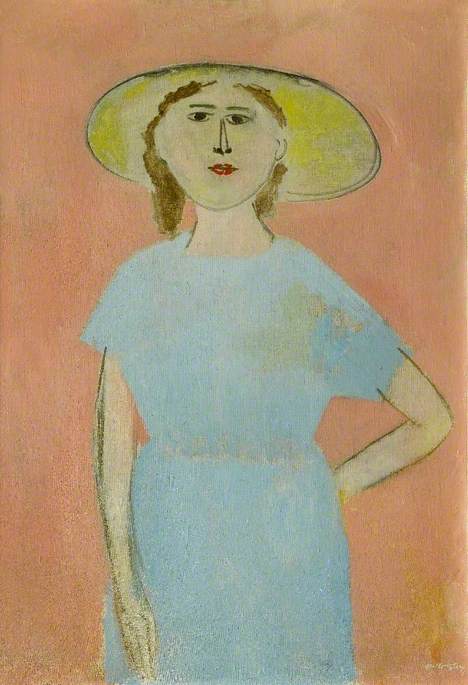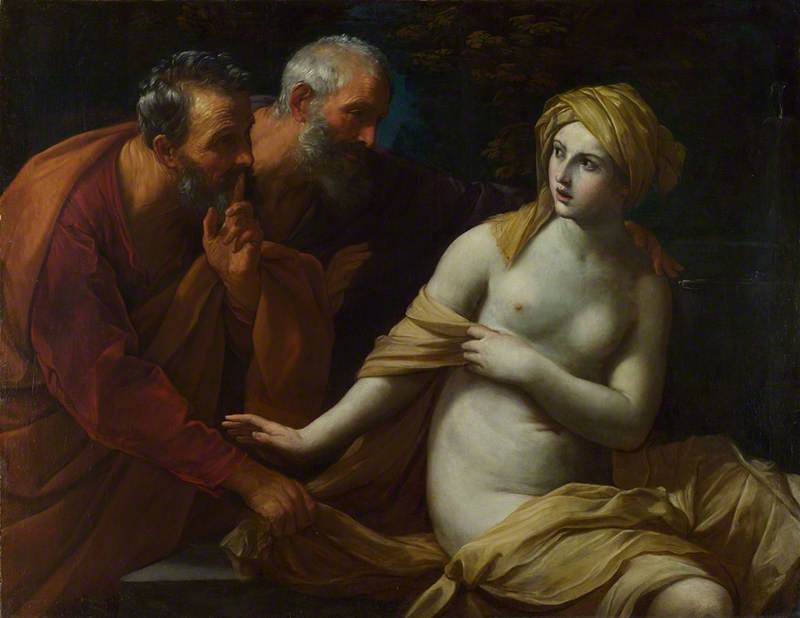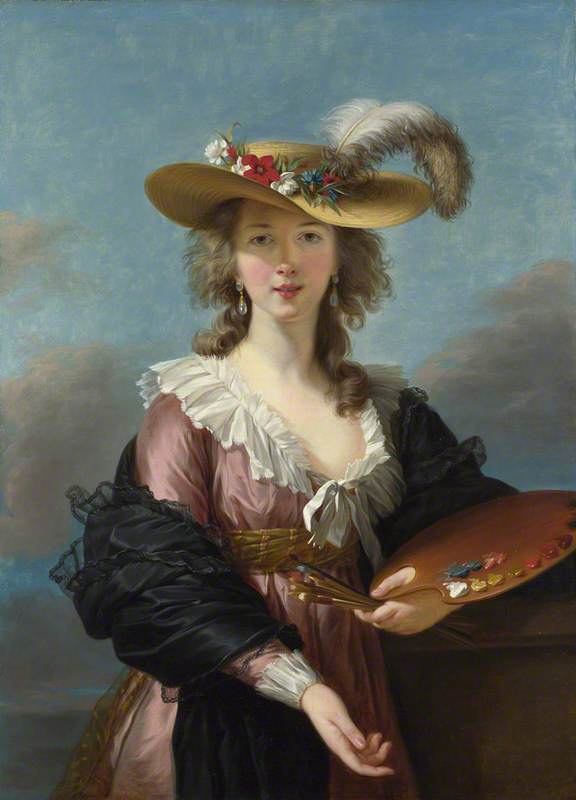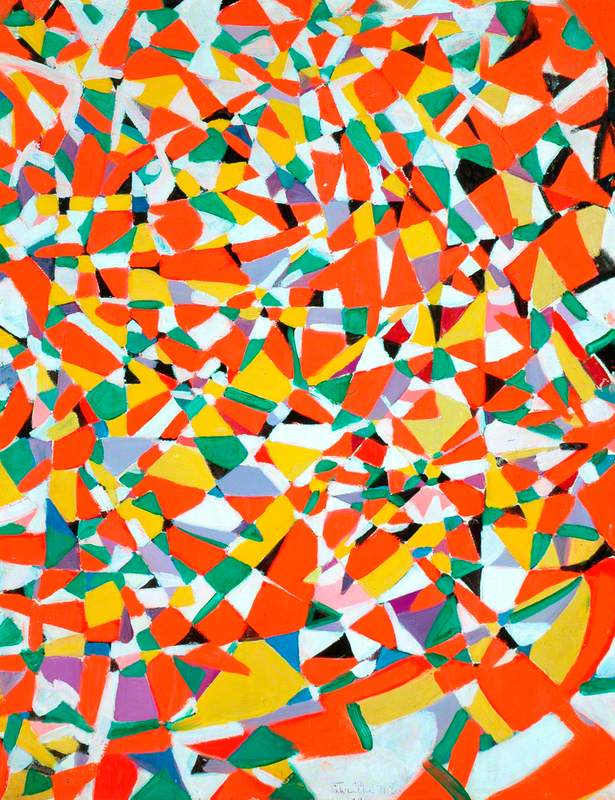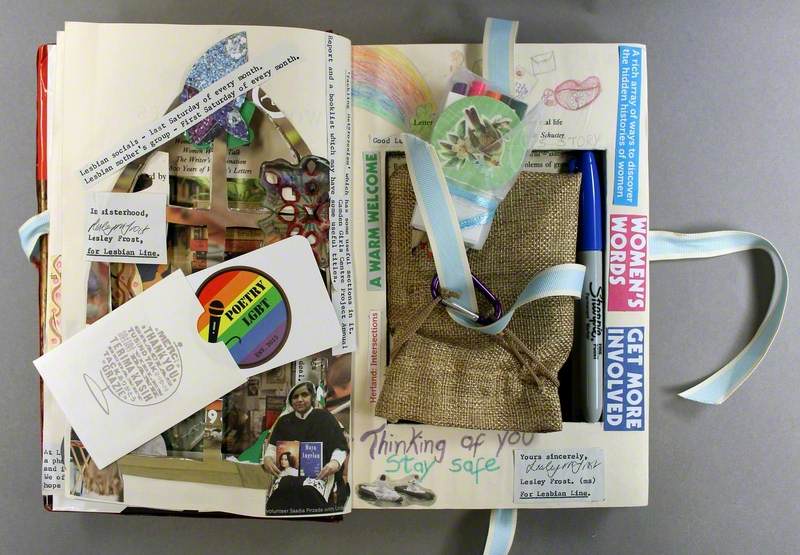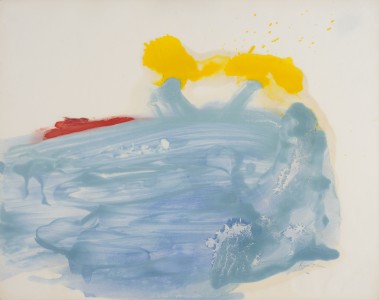The year 2018 marks 100 years since women first started to gain voting rights in the United Kingdom. While we have come a long way, there is still progress to be made, especially in the inclusion of women artists in the art historical canon.
During the long fight for equal rights for women, there have been female artists who have influenced, broken from tradition and challenged a male-dominated establishment long before the rest of the world caught up.
Art is notoriously male-dominated but what you may not know is that women were key figures in some of the most game-changing movements in art history.
Founding member of the Royal Academy Angelica Kauffman was born in Switzerland in 1741 and worked as an artist in London and Rome.
Self Portrait of the Artist Hesitating between the Arts of Music and Painting
1794
Angelica Kauffmann (1741–1807) 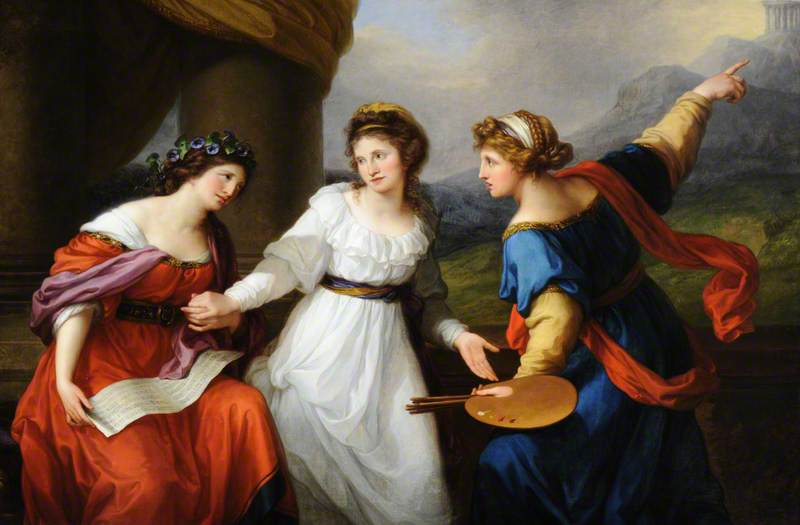
Kauffman became a member of the Accademia di Belle Arti di Firenze aged 21 and soon afterwards moved to London, where she was well received in society. Her friendship with Sir Joshua Reynolds caused some scandal – but it is said to have been based on a mutual passion for history painting, which Reynolds championed.
Armida in Vain Endeavours with Her Entreaties to Prevent Rinaldo's Departure
c.1776
Angelica Kauffmann (1741–1807) 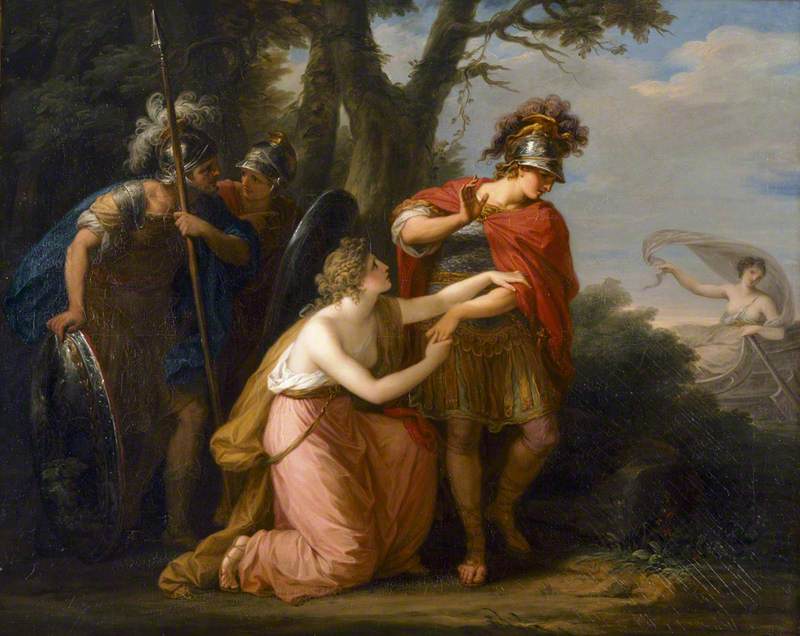
Kauffman specialised in history painting and was accomplished in portraiture, landscape and decorative painting. This gained her the standing in the artistic community that enabled her to be one of only two female founders of the Royal Academy in London, the other being Mary Moser. It was Kauffman’s love for history painting (and the lack of Britain's love for it at the time) that drew her to move to Italy, and she died in Rome. Kauffman’s life may seem easy in comparison to that of Gentileschi’s, but these achievements were no small accomplishment for a woman in the eighteenth century.
Artemisia Gentileschi’s at once gruesome and beautiful Judith Beheading Holofernes has become a source of inspiration among modern feminists, long after it was painted in 1620, during the Baroque period.
Gentileschi, born in Rome in 1593, was the only female follower of Caravaggio and gained a reputation with her innovative use of colour, composition and subject matter. Her paintings are dynamic and full of passion. She was an acquaintance of the astronomer and scientist Galileo and her patronage included the Medici family and Charles I of England.
Self Portrait as Saint Catherine of Alexandria
c.1615–1617
Artemisia Gentileschi (1593–1654 or after) 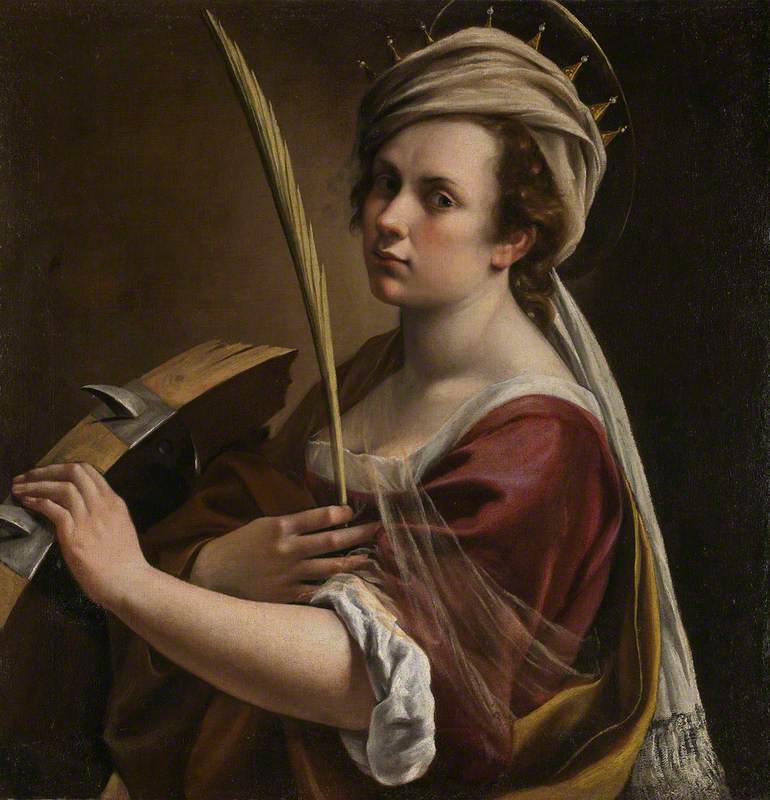
It was highly unusual for a woman to be autonomous and have a successful career in the 1600s, but the road to success was not an easy one for Gentileschi. Her father, the artist Orazio Gentileschi, recognised his daughter’s talent and employed the artist Agostino Tassi as her teacher, who abused his position and raped her. Although he was convicted and imprisoned for his crime, Gentileschi’s honour was brought into question, and her father had her married and moved to Florence.
She lived all over Italy until settling in Naples in 1641. She and her husband, from whom she later separated, had two daughters who also went on to be painters, like their mother.
The Impressionists are perhaps one of the most well-known artists’ movements in history, next to the artists of the Italian Renaissance.
While Monet, Renoir, Pissarro and the others worked en plein air, capturing the heroism of modern life, so did Berthe Morisot along with Marie Bracquemond and Mary Cassatt. Although she could pursue a successful career as an artist, social convention prevented Morisot from documenting the underbelly of nineteenth-century Paris nightlife. However, she did have access to the intimate moments in the lives of women that her male counterparts were not privy to.
Morisot was not only a key member of the Impressionists but was also married to Édouard Manet’s brother Eugène. She even sat for her husband’s brother for a series of portraits.
Berthe Morisot (1841–1895)
1872
Édouard Manet (1832–1883) 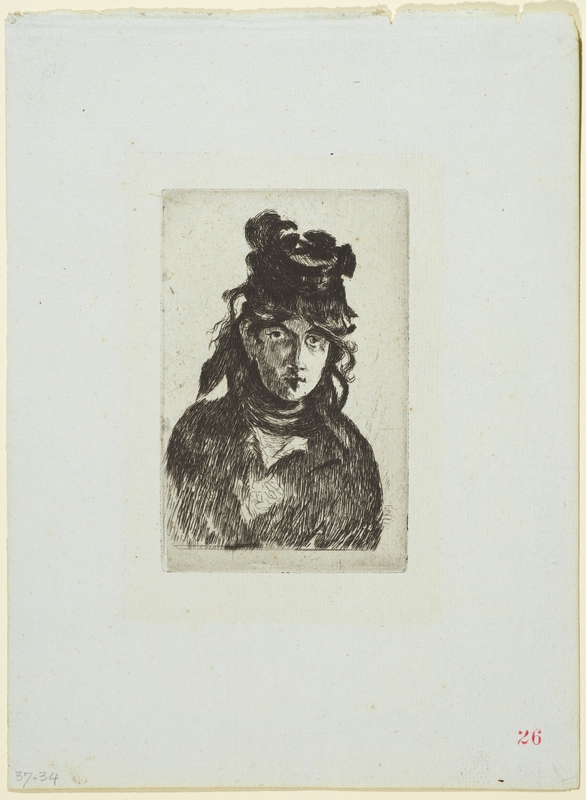
A highly accomplished and acclaimed artist during her lifetime, the Impressionists – and within them, Morisot – changed painting forever.
When thinking of the most masculine and male-dominated art movements of all time, the Abstract Expressionists have got to be somewhere up there. Yet, as part of that movement, Frankenthaler’s innovation in the field of painting has left an indelible mark on the history of art and influenced many.
Starting with the gestural painting associated with the Abstract Expressionist movement, Frankenthaler began to pour paint onto the canvas, creating large areas of colour while revealing parts of the canvas beneath.
This graduated into colour field painting, within which she continued to push boundaries up until her death in 2011.
In the midst of ladette culture and the Britpop revolution at the beginning of the 1990s came the much-documented Young British Artists, pleasantly a movement with a number of women artists at the heart of it.
Tracey Emin divided opinion with her work Everyone I Have Ever Slept With 1963–1995 and her now-iconic My Bed. She also caused ruction with her outspoken opinions and lack of respect for the media. Somewhere in all of this she also won the hearts of the nation and the art world.
Emin built on her success, exploring working with watercolour, embroidery, installation and, of course, neon.
Most recently she has toured My Bed alongside the work of J. M. W. Turner and Francis Bacon.
In her latest venture, Emin is heading back to her hometown of Margate and building her studio, with gallery and studio space. There is hope that the project will help rejuvenate the seaside town, which due to its proximity to London and cheap property prices is attracting a lot of artists.
Amah-Rose McKnight-Abrams, journalist
